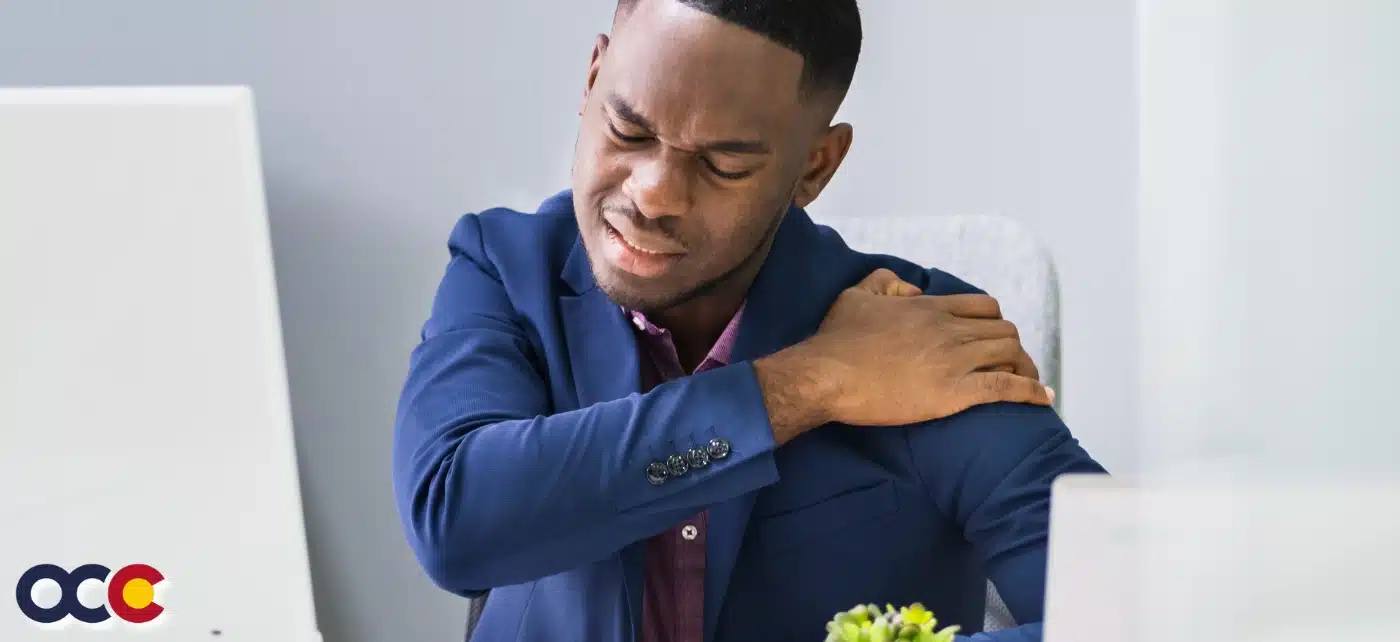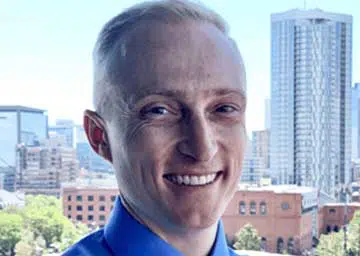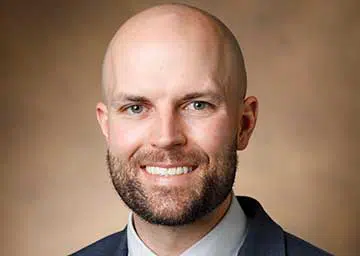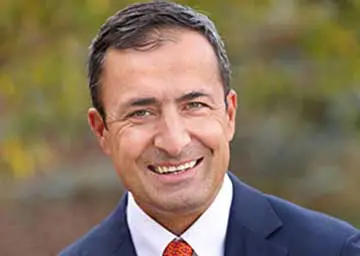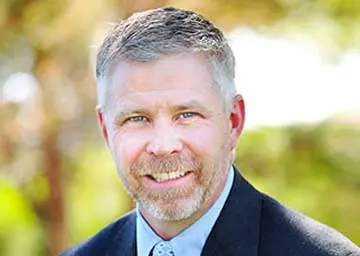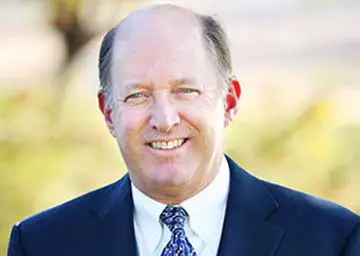If left untreated, a glenoid labrum tear can lead to chronic pain, recurrent shoulder instability, and weakness. This can limit how much one can use the arm and shoulder, leading to more severe shoulder problems. Fortunately, if you suspect you have a glenoid labrum tear in the shoulder, the orthopedic specialists at Advanced Orthopedics & Sports Medicine Specialists in Denver, Parker, or Aurora, Colorado, can help. As orthopedic specialists in the diagnosis and treatment of glenoid labrum tears, they can recommend different options before recommending surgery. And if surgery is needed, rest assured their skilled orthopedic team is widely known for their expertise.
OVERVIEW
A glenoid labrum tear is a tear of the labrum, a thick band of cartilage that lines the glenoid’s rim, commonly called the shoulder socket. At any point, 25% of adults will deal with shoulder pain due to injury or overuse. SLAP tears, or labrum tears, represent 4% to 8% of all shoulder injuries. The L in SLAP refers to the glenoid labrum. Glenoid labrum tears are hard to prevent, especially in athletes, because the force of overhead motion contributes to the injury. Although athletes are most prone to glenoid labrum tears, people who experience a traumatic event—such as falling down a flight of stairs—are also at risk. This is especially true in adults over 40 because cartilage becomes more brittle.
ABOUT THE SHOULDER LABRUM
The shoulder joint is made up of the shoulder blade (scapula), the collarbone (clavicle), and the upper arm bone (humerus). The head of the humerus rests in a socket in the shoulder blade called the glenoid. The head of the humerus is much larger than the socket, where the labrum comes in. The labrum is a thick, rubbery type of cartilage that surrounds and attaches to the socket, essentially forming a bumper that deepens the socket by up to 50% so that the head of the humerus fits better, helping to keep the ball in place. The second function of the labrum is as an attachment of other structures or tissues around the joint. For example, the ligaments that help hold the joint together attach to the labrum in certain key locations. If there is an injury to the shoulder that tears the ligaments, sometimes the labrum is pulled off of the rim of the bone as well.
WHAT IS A GLENOID LABRUM TEAR?
A glenoid labrum tear, also known as a shoulder joint tear, is when the cartilage that lines and reinforces the shoulder joint, the glenoid labrum, is torn. Tears can be located either above (superior) or below (inferior) the middle of the glenoid socket. The two most common types of labral injuries are the SLAP tear and Bankart tear and it is easy to confuse these.
- SLAP tears: SLAP stands for “superior labrum from anterior to posterior.” This type of tear occurs at the front of the upper arm where the biceps tendon connects to the shoulder. Athletes most prone to this injury include baseball pitchers and volleyball players who engage in high-energy, quick-snap motions over the top of the shoulder. SLAP tears have been classified according to their severity of tear. The common types are types 1 to 4. There are other types, but these are rare. Type 2 is the most common type of SLAP tear. The superior labrum is completely torn off the glenoid, due to an injury (often a shoulder dislocation). This type leaves a gap between the articular cartilage and the labral attachment to the bone.
- Bankart tears: Bankart tears typically occur in younger patients who have dislocated their shoulder. When the shoulder joint ball slips out of the socket, the joint capsule can pull on the lower portion of the labrum and tear it. This in turn creates instability because the breached labrum makes it easier for the shoulder to dislocate again.
CAUSES
Injuries to the tissue rim surrounding the shoulder socket can occur from acute trauma or repetitive shoulder motion. An acute SLAP injury may result from:
- Falling on an outstretched arm
- A direct blow to the shoulder
- Forceful pulling on the arm, such as when trying to lift or catch a heavy object
- A violent overhead reach, such as when trying to stop a fall or slide
- A motor vehicle accident
- Rapid or forceful movement of the arm when it is above the level of the shoulder
- Shoulder dislocation
- Even household chores
Throwing athletes and weight lifters are susceptible to tears due to the repetitive shoulder motions that their sport requires. Many SLAP tears, however, are the result of a wearing down of the labrum that occurs slowly over time. In patients over 30 to 40 years of age, tearing or fraying of the superior labrum can be seen as a normal process of aging. This differs from an acute injury in a younger person.
SYMPTOMS
The most common symptoms of a glenoid labrum tear are
- A dull throbbing ache in the shoulder joint
- Difficulty sleeping due to shoulder discomfort
- “Catching” of the shoulder joint with movement
- Pain with specific activities
- Pain at the front of the shoulder near the biceps tendon
- Instability
- Loss of strength
- Significant decrease in the ability of athletes to throw
- A feeling of grinding, locking, or catching while moving the shoulder
NON-SURGICAL TREATMENTS
In general, non-surgical treatment is usually most appropriate for older patients who do not engage in regular physical activity. If the glenoid labrum tear is mild, conservative treatments include:
- Activity modification
- Anti-inflammatory medication
- Corticosteroid injection into the shoulder joint
- Icing or applying heat to the shoulder joint
- Range-of-motion exercises/physical therapy
WHEN IS SURGERY INDICATED?
If the shoulder labrum tear is severe and conservative therapies are not enough, a surgeon may recommend surgery to repair the tear. Depending upon the injury, the surgeon may choose a traditional open procedure or an arthroscopic procedure. Surgery can be performed using the following arthroscopic techniques: To repair a torn shoulder labrum, the surgeon will make a small incision in the shoulder. Using a tiny camera attached to a thin tube called an arthroscope, the surgeon will be able to view the damage to the glenoid. They will either cut out or trim frayed areas of the labrum or work to reattach the labrum to the rim of the joint socket. Minimally invasive arthroscopic surgical techniques allow for quicker recovery times, less pain, and improved outcomes. Younger athletes who regularly participate in higher-impact sports can expect recurrence and may want to consider arthroscopic surgery.
GETTING THE RIGHT DIAGNOSIS. GETTING THE RIGHT DOCTOR.
To evaluate for a possible shoulder labrum tear, an orthopedic specialist will examine your shoulder, conduct several physical tests to check your range of motion, take a full health history, and discuss any past injuries you may have had. However, because the cartilage is deep in the shoulder, it is very difficult to make the diagnosis of a glenoid labrum tear upon physical examination. There are several tests that the physician can perform that may indicate a torn labrum, but these tests are not always accurate. The other problem is that Glenoid Labrum tears take different forms as described above, and certain tests will detect one kind of tear but not another. Making a correct diagnosis takes a high degree of experience on the part of the surgeon since the shoulder’s anatomy can be quite complex, and it is often difficult to get good pictures of this area with an MRI. So experience is everything. And few are as highly trained and extensively experienced as the orthopedic shoulder specialists at Advanced Orthopedics in Denver, Parker, or Aurora, Colorado. They have the knowledge, tools, and techniques to restore as much mobility as possible to your shoulder to ensure you can get on with life pain-free. Schedule an appointment today.

